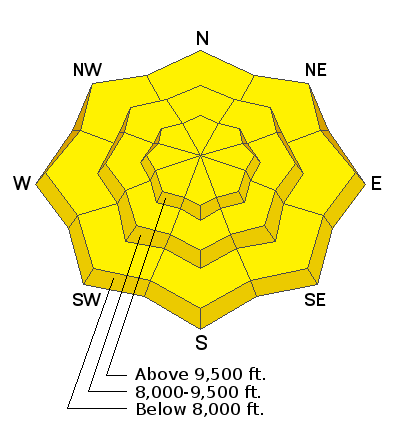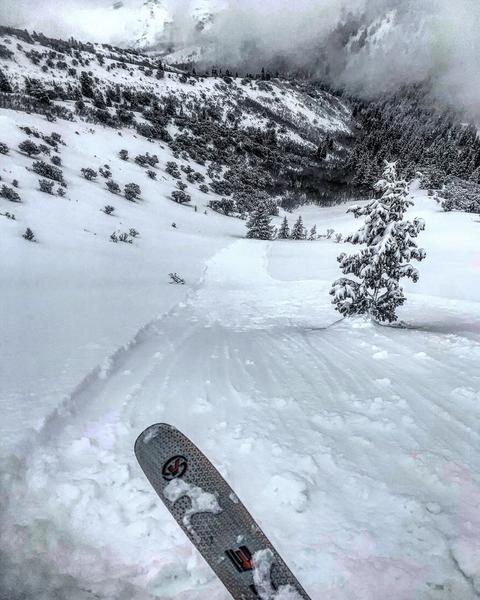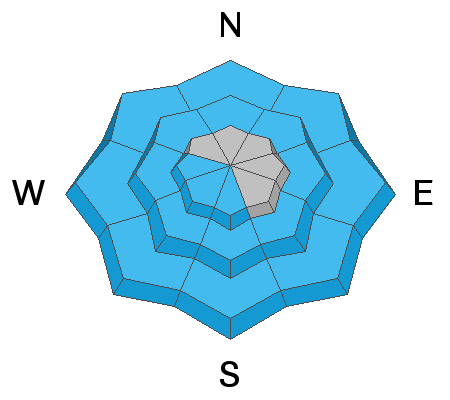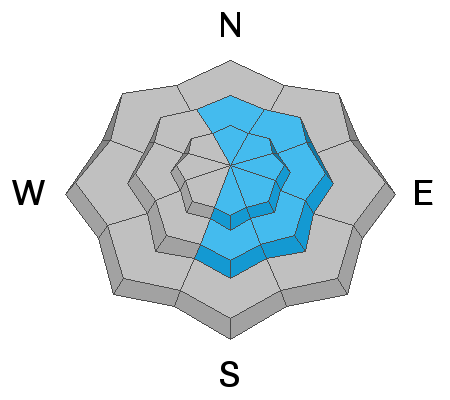Forecast for the Salt Lake Area Mountains

Issued by Drew Hardesty on
Monday morning, March 4, 2019
Monday morning, March 4, 2019
A MODERATE danger exists for both wet and dry point release avalanches on all aspects with the danger more pronounced at the mid and upper elevations. Some of these may run naturally with enough heating or any direct sun this afternoon. Isolated areas in the alpine still host lingering shallow wind drifts. Terrain less steep than 35° not beneath steeper slopes has a LOW danger.
KEY POINT! Safe Travel protocol saves lives-
One at a Time
Get out of the Way at the Bottom
Have the Gear and Know How to Use it
Don't Sluff Your Bro. Or the road.

Low
Moderate
Considerable
High
Extreme
Learn how to read the forecast here












